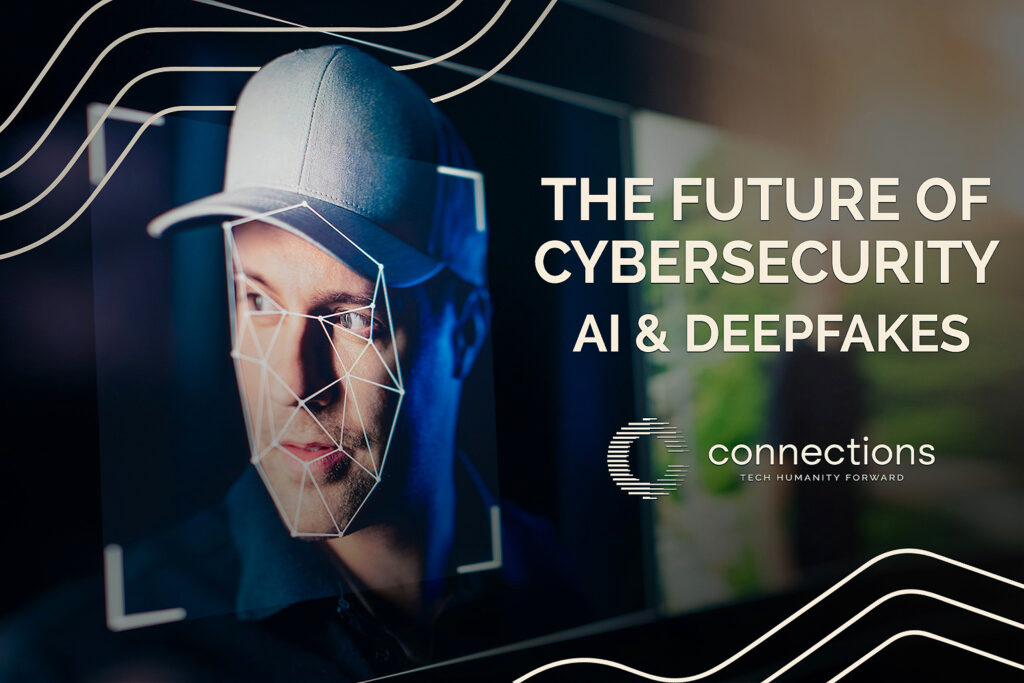
While cyberattacks were previously initiated manually by hackers, artificial intelligence is radically changing the rules of the game. Attackers are using AI to automate security breaches and create convincing deepfakes.
As AI becomes more sophisticated, cyberattacks are becoming faster, harder to detect, and much more dangerous. Machine learning-based technologies allow hackers to quickly analyze system vulnerabilities and develop customized attack methods that are almost impossible for traditional security solutions to predict.
Deepfakes, especially audio and video, pose serious challenges for both companies and individuals. They can be used to manipulate information, create fake news, or orchestrate financial attacks through social engineering. For example, a deepfake video could appear to be an authentic broadcast of a CEO announcing an important strategic decision, influencing financial markets or causing crises of confidence.
Additionally, the development of autonomous, AI-based malware allows attackers to create programs that learn to evade detection and adapt their attack methods based on the security systems they encounter. Such programs can launch simultaneous attacks on multiple targets, escalating cyber threats to an unprecedented level.
“Cybersecurity is not just about protecting data, it’s about protecting trust – of our employees, customers and family. Just as no one leaves their house door wide open at night, we should protect our digital lives. In a world where information is the most valuable currency, cybersecurity is the most important investment we can make. That’s why I believe that digital hygiene should be a daily habit, protecting us from cyber risks. Here are some protective measures that should be learned and integrated to become “habits of life”, tells us Cătălin Pârcioagă, Technical Delivery Manager.
HOME CYBER SECURITY. 5 ESSENTIAL RULES
Avoid simple passwords and their reuse. Use a password manager to generate and store complex passwords, combining upper- and lower-case letters, numbers and symbols.
MFA adds an extra layer of protection, requiring additional confirmation (such as an SMS code or an authenticator app) when logging into important accounts.
Do not open links or attachments in suspicious emails or messages. Always check the sender and be cautious of urgent requests to provide personal or financial data.
Regularly update operating systems and applications to close security vulnerabilities. Avoid connecting to unsecured public Wi-Fi networks without a VPN.
Be mindful of the information you post on social media. Set your profiles to private and avoid disclosing your location, date of birth, or other details that could be used to compromise your security.
CYBER SECURITY AT THE OFFICE. 5 ESSENTIAL RULES
Use complex passwords and do not share them with anyone. Use a password manager to manage multiple passwords and change them regularly.
Be cautious of unknown or suspicious-looking emails. Do not click on links or open attachments without verifying their source.
Enable two-step authentication where possible to add an extra layer of protection to your accounts.
Do not access sensitive information from unsecured personal devices or public Wi-Fi networks. Use VPN to connect to the company network.
If you notice anything suspicious, such as a security breach or strange activity on company accounts, report it to the IT team immediately to prevent a potential attack.